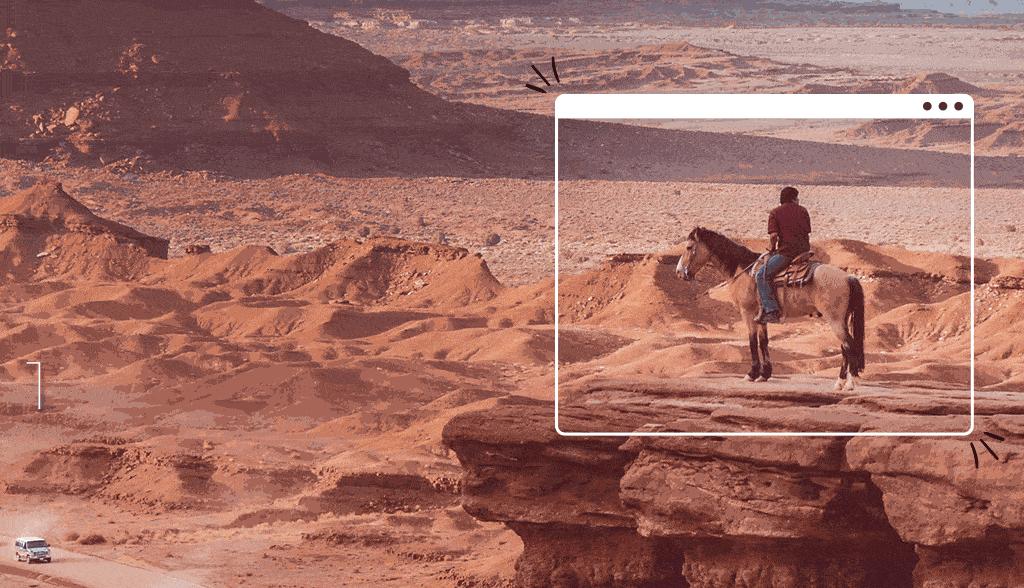
As a marketer, you need to grab your audience’s attention and keep it—or you risk them looking right past your ad. People’s attention spans are increasingly diminishing, which means your advertisements need to work smarter.
Short attention spans can be a challenge, particularly in digital advertising. Marketers must hold their audience’s attention long enough to engage and ultimately convert them into loyal, repeat customers. If you have 7 seconds to make a lasting impression, how do you catch and hold your audience’s attention?
It isn’t necessary to cram as much information into 30 seconds as possible. Instead, you need only the most essential parts to get your product in front of people and leave them wanting more. Highly immersive, quality content is key.
Your goal is to create a campaign that will continue engaging consumers even after those 8 seconds. This means moving them from their initial point of contact with your product and keeping them engaged through purchase.
For example, M&M’s 2013 Facebook game “I Spy Pretzel” capitalized on gamification to capture their audience. The goal of the game was to find one pretzel piece out of a sea of M&Ms and changing background visuals. This inexpensive and simple idea boosted fan engagement by 25,000 likes and 10,000 comments, increasing brand awareness among tens of thousands of potential customers.
Though the idea of advertising to consumers with an 8-second attention span may seem daunting, there are a number of ways to make your message heard loud and clear. To do this, create a brand strategy that includes multiple touch-points to bring consumers back to your page.

You need to be strategic with your messaging and make sure to use every second deliberately. Ensure that you identify and prioritize what is most important for consumers to know about your product or service. Then, include this information in all of your ad campaigns and ensure it’s emphasized on your landing page.
To ensure that your campaign is relevant, it helps to harness targeted marketing data. Use the information you already have on your consumer database and cross-reference it with external sources, such as social media activity, location, and demographics. This way you’ll get a clearer idea of what they want.
You can then create highly personalized marketing content for each customer to feel like an individual and not just another face in the crowd.
Whether you need to develop a full-scale strategy or write a compelling headline, it’s essential to define and clarify your message. Write headlines that effectively grab attention in seconds. It should be clear what the offer is and why consumers should act on it.
Make sure that your offer is specific and the value proposition is evident. Also, by including a call to action, you can tell consumers what to do next and make it easy for them to understand.
You can then create highly personalized marketing content for each customer to feel like an individual and not just another face in the crowd.
Consider which social platforms your target audience will most likely be engaged on. Take advantage of this information in your campaign. Concentrate your presence on these social channels to drive consumer engagement rather than simply broadcast messaging.
Social media branding is a great way to increase your brand’s social presence on the channels your audience prefers. Branding works best with short, to-the-point messages and strong images. Branding your social media pages with a recognizable image or theme will make it easier for your audience to remember your brand.
Since marketers have a short window to catch their audience’s attention, it’s important to tell a concise and compelling story about your product or service. This should include particular details that highlight the overall message of the campaign.
Most consumers are overwhelmed with information daily, so focusing on specific elements is key to getting your point across quickly. It also helps if there is some type of emotional connection that resonates with the consumer.
You could consider leveraging influencers to help amplify your message. Create a campaign around an influencer’s story and how it aligns with your brand to increase social media engagement.
Every ad you create should use high-quality images to represent your brand in a relevant and relatable way. Using an appropriate color scheme, unique themes, and strong imagery are ways to make your message stand out.
Along with this, be sure to include your logo, one of the most important brand elements, to ensure people recognize your business. If you’re a new business or in need of a rebrand, creating a logo with a logo maker or graphic artist is an easy way to get started. After this, incorporate your logo into each ad you create to increase brand recognition over time.
To maximize the reach of each campaign, create a variety of content for different ad formats. This will help you reach your target audience on multiple channels and allow your messaging to adapt depending on placement.
Various types of content include:
Utilize different styles and techniques in your marketing content so that you can communicate what makes your brand unique on each channel.
Today’s consumer is often looking for bite-sized pieces of content that they can easily digest. This means that ads should be written with “snackable” messaging, even if it’s part of a larger campaign.
While long-form copywriting still has its place, like in email marketing and press releases, shorter content is more appealing to consumers and can be shared quickly among different demographics.
To create this type of user-friendly content, consider splitting up your messages and calls to action into:
These techniques help you create meaningful content without having to write lengthy copy. Moreover, you’ll be able to grab your audience’s attention quickly and make a lasting impression.
Although your audience’s lightning-strike attention span might be a challenge at first, following these tactics will help you reach and keep your audience successfully.
With all this in mind, it’s important to adjust your marketing strategy accordingly—don’t give up, get more creative, and remember to keep your customer in mind at all times.
This portion of our website is for informational or educational purposes only. Tailor Brands is not a law firm, and the information on this website does not constitute legal advice. All statements, opinions, recommendations, and conclusions are solely the expression of the author and provided on an as-is basis. Accordingly, Tailor Brands is not responsible for the information and/or its accuracy or completeness. It also does not indicate any affiliation between Tailor Brands and any other brands, services or logos on this page.
Products
Resources
©2025 Copyright Tailor Brands